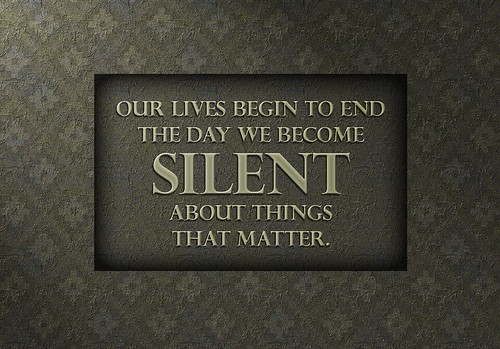Propagandists use this approach to convince the audience that the spokesperson is from humble origins, someone they can trust and who has their interests at heart. Propagandists have the speaker use ordinary language and mannerisms to reach the audience and identify with their point of view. The Institute for Propaganda Analysis suggests we ask ourselves the following questions before deciding on any issue when confronted with this technique. Is the person credible and trustworthy when they are removed from the situation being discussed? Is the person trying to cover up anything? What are the facts of the situation? When confronted with this type of propaganda consider the ideas and proposals separately from the personality of the presenter.
BandwagonPropagandists use this technique to persuade the audience to follow the crowd. This device creates the impression of widespread support. It reinforces the human desire to be on the winning side. It also plays on feelings of loneliness and isolation. Propagandists use this technique to convince people not already on the bandwagon to join in a mass movement while simultaneously reassuring that those on or partially on should stay aboard. Bandwagon propaganda has taken on a new twist. Propagandists are now trying to convince the target audience that if they don't join in they will be left out. The implication is that if you don't jump on the bandwagon the parade will pass you by. While this is contrary to the other method, it has the same effect: getting the audience to join in with the crowd. The Institute of Propaganda Analysis suggests we ask ourselves the following questions when confronted with this technique. What is the propagandist's program? What is the evidence for and against the program? Even though others are supporting it, why should I? As with most propaganda techniques, getting more information is the best defense. When confronted with Bandwagon propaganda, consider the pros and cons before joining in.
Card Stacking
Propagandist uses this technique to make the best case possible for his side and the worst for the opposing viewpoint by carefully using only those facts that support his or her side of the argument while attempting to lead the audience into accepting the facts as a conclusion. In other words, the propagandist stacks the cards against the truth. Card stacking is the most difficult technique to detect because it does not provide all of the information necessary for the audience to make an informed decision. The audience must decide what is missing. The Institute for Propaganda Analysis suggests we ask ourselves the following question when confronted with this technique: Are facts being distorted or omitted? What other arguments exist to support these assertions? As with any other propaganda technique, the best defense against Card Stacking is to get as much information that is possible before making a decision.

